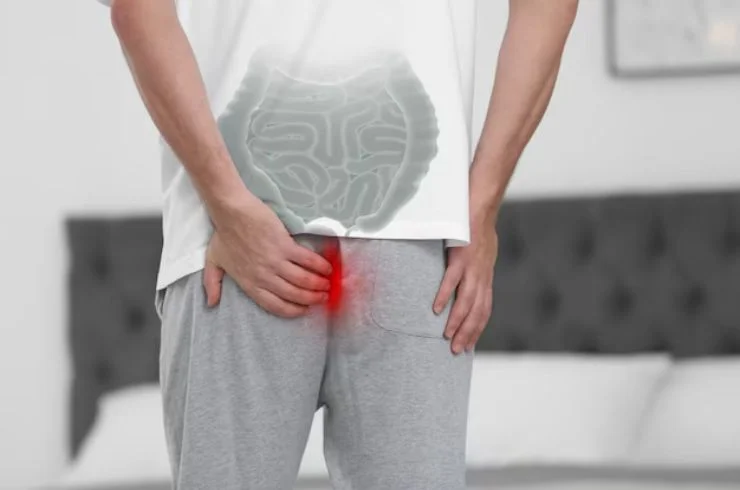
Pilonidal sinus is a painful condition that typically occurs at the top of the buttocks, near the tailbone. It involves the formation of small holes or tunnels in the skin, which may become infected and filled with pus or hair. At Saru Hospital, we offer advanced, effective treatment options for pilonidal sinus to alleviate discomfort, promote healing, and prevent recurrence. Our skilled surgical team provides personalized care to ensure the best possible outcome for each patient.
A pilonidal sinus is a small, infected hole or cavity that usually forms near the cleft of the buttocks. The condition can occur when hair follicles become clogged with hair, dirt, and debris, leading to an infection. Symptoms often include pain, swelling, drainage of pus, and the formation of abscesses. Pilonidal sinuses can be acute or chronic, with recurrent flare-ups if not properly treated.
The most common symptoms of pilonidal sinus include:
At Saru Hospital, we offer a range of treatment options for pilonidal sinus, tailored to the severity of the condition. Our goal is to provide effective, long-lasting relief while minimizing recovery time.
For mild cases or in the early stages of pilonidal sinus, conservative treatments may be effective in managing the symptoms. These include:
If conservative methods are not effective, or if the pilonidal sinus is recurrent or severe, surgical intervention may be required. There are several surgical options available at Saru Hospital, including:
In this procedure, the surgeon removes the entire pilonidal sinus along with the surrounding tissue to ensure complete removal of the infected area. After excision, the wound is either left open to heal naturally or closed with stitches, depending on the patient’s condition.
For larger or deeper pilonidal sinuses, flap surgery may be performed. In this procedure, healthy tissue from the surrounding area is used to close the wound after the sinus is excised. This technique minimizes the risk of recurrence and promotes quicker healing.
Laser treatment is a minimally invasive option for pilonidal sinus. The laser is used to remove the hair follicles, bacteria, and infected tissue from the sinus, closing it off and preventing further infections. Laser treatment offers faster recovery, less post-operative pain, and a lower risk of recurrence.
After surgery, it’s important to follow proper post-operative care instructions to ensure a smooth recovery and prevent recurrence:
If you’re suffering from pilonidal sinus and seeking effective, long-term relief, Saru Hospital in Mumbai is here to help. Contact us today to schedule a consultation with our experienced surgical team and learn more about how we can assist you in achieving a full recovery and preventing recurrence.
Pilonidal sinus is usually caused by ingrown hairs that get trapped in the skin at the top of the buttocks. This can lead to an infection and the formation of a small cyst or abscess.
The best treatment depends on the severity of the condition. For mild cases, conservative treatments like antibiotics, draining the abscess, and keeping the area clean may be enough. For more severe or recurring cases, surgery to remove the sinus may be recommended.
Pilonidal sinus does not usually go away on its own. Without treatment, it can continue to cause problems and may get worse over time. Proper treatment is important to resolve the issue.
In some mild cases, pilonidal sinus can be managed without surgery through conservative treatments like antibiotics, draining the abscess, and keeping the area clean. However, surgery is often required, especially for more severe or recurring cases.
The best treatment depends on the individual case, but options include:
Antibiotics and draining the abscess for mild cases
Surgery to remove the sinus tract for more severe or recurring cases
Laser hair removal to prevent ingrown hair.
No, pilonidal sinus is not harmless. If left untreated, it can lead to serious complications like chronic infection, abscess formation, and even the rare development of skin cancer. Prompt treatment is important to resolve the issue and prevent complications.